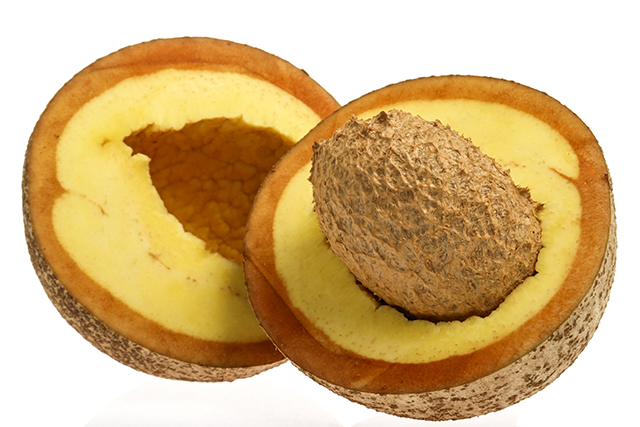
The two diseases are caused by different arboviruses, which are viruses that are spread by carriers such as mosquitoes. The most common carrier of the dengue and chikungunya viruses is the yellow fever mosquito (Aedes aegypti), one of the most widespread mosquito species in the world.
Epidemics of dengue fever have appeared in more than 100 countries in four different continents. Chikungunya fever is less prevalent, but it also affects the same geographical regions as dengue.
The fevers are a threat to public health in South America. However, there are no specific treatments for either disease.
Researchers sought out safe and inexpensive antiviral drugs that can be drawn from natural products or used as secondary medicines. They turned to plants that possessed bioactive compounds with antiviral effects against viruses like Dengue and Chikungunya. (Related: Papaya leaf juice is good for your blood; the drink can remedy anemia and fight off dengue fever.)
South American plants tested for antiviral effects
The Colombian research group chose the mammee (Mammea americana) and the white milkwood (Tabernaemontana cymosa) as the subjects for their experiment. Both plants are present in Colombia and the rest of South America.
The two plants have previously been studied for their antimicrobial, antiparasitic, and antiviral properties. They had also been tested for their effects on the wrigglers and adult forms of yellow fever mosquitoes.
The new study sought to run down the bioactive compounds in mammee and white milkwood. It also intended to evaluate their cytotoxicity and possible antiviral properties against dengue and chikungunya viruses.
Samples of mammee and white milkwood were collected across the Colombian Carribean region. Macerating the plant material produced extracts that were filtered and concentrated to produce a dry extract.
Chromatographic fractionation and separation methods were used to determine the bioactive compounds found in the dry extracts. The extracts were suspended in ethanol/distilled water and added to infected VERO epithelial cells to determine their toxicity.
Finally, the fractions and compounds were tested for their antiviral properties. One test involved pre-treating the cells before infection with the viruses, while another administered the treatment after infection.
Mammee and white milkwood extracts might prevent dengue and chikungunya infections
The researchers reported discovering two coumarinic type compounds in the mammee extract. They called them coumarin A and coumarin B, respectively.
In the cytotoxicity assay, both coumarins proved slightly toxic with B being a bit more toxic. Compared to earlier tests with tumoral cells, coumarins affected healthy cells far less than tumors.
Both coumarins demonstrated effectiveness at inhibiting the spread of the dengue and chikungunya viruses. Only small amounts were needed to inhibit 50 percent of dengue viral replication with coumarin B being more effective.
While both compounds also suppressed chikungunya infection, smaller amounts of coumarin B were just as effective as bigger doses of coumarin A. The coumarins seemed to deactivate viral particles.
As for the white milkwood extract, it contained the compounds voacangine and lupeol acetate. Both compounds were nontoxic and very safe.
Voacangine and lupeol acetate only worked on the dengue virus. However, they could achieve 70 percent or better inhibition rates.
Based on their findings, the researchers believe the coumarins in the mammee extract could be used to treat dengue fever and chikungunya fever. Likewise, the voacangine and lupeol acetate in the white milkwood are also potential antivirals that can stop dengue virus infections.
Read more articles on natural ways of preventing viral infections at NaturalMedicine.news.
Sources include:
PhilSciLetters.org [PDF]
BMCComplementAlternMed.BioMedCentral.com
Please contact us for more information.























